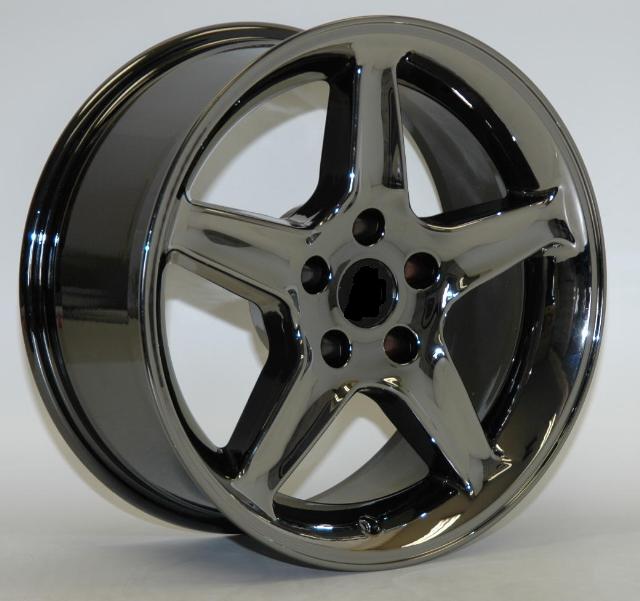 Aluminum Alloy Wheel
Aluminum Alloy Wheel
An alloy is a material made up of two or more metals. Alloys have certain specific, desirable characteristics, including strength, formability, and corrosion resistance. Some of the common elements alloyed with aluminum include copper, manganese, silicon, magnesium, and zinc. Typical applications and uses of aluminum alloys include building products (siding and structural), rigid and flexible packaging (foil, food, and beverage cans), and transportation (automobiles, aircraft, and rail cars).
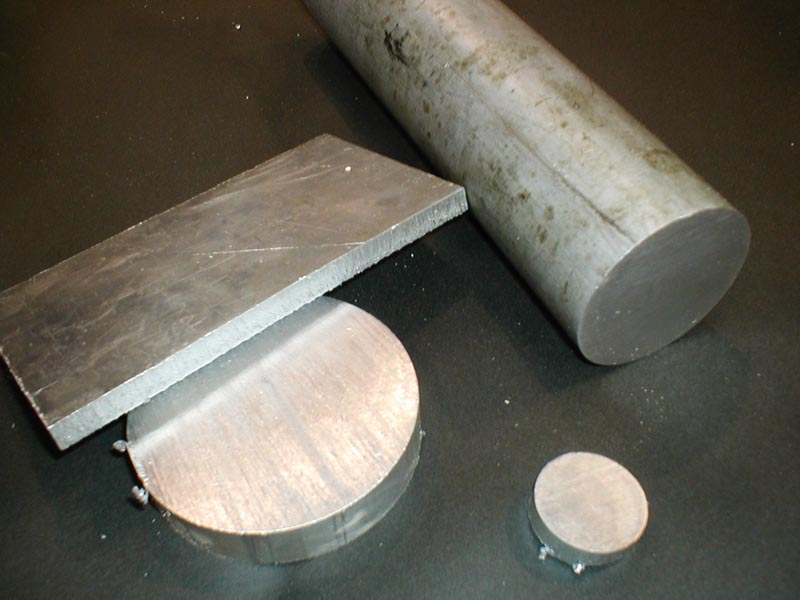 Aluminum Alloys JIS A2017
Aluminum Alloys JIS A2017
Aluminum is a silverish white metal that has a strong resistance to corrosion and like gold, is rather malleable. It is a relatively light metal compared to metals such as steel, nickel, brass, and copper with a specific gravity of 2.7. Aluminum is easily machinable and can have a wide variety of surface finishes. It also has good electrical and thermal conductivities and is highly reflective to heat and light.
Aluminum Alloy Pipe
At extremely high temperatures (200-250°C) aluminum alloys tend to lose some of their strength. However, at subzero temperatures, their strength increases while retaining their ductility, making aluminum an extremely useful low-temperature alloy.
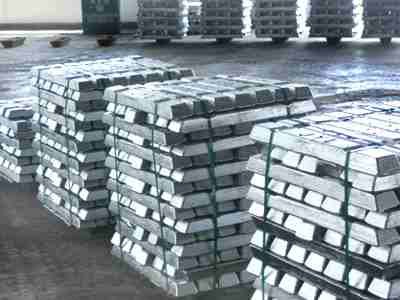 Aluminum Ingots
Aluminum Ingots
Aluminum alloys have a strong resistance to corrosion which is a result of an oxide skin that forms as a result of reactions with the atmosphere. This corrosive skin protects aluminum from most chemicals, weathering conditions, and even many acids, however alkaline substances are known to penetrate the protective skin and corrode the metal.
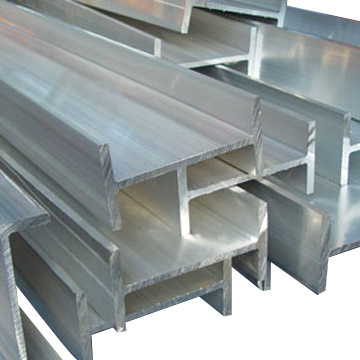 Aluminum Alloys Profile
Aluminum Alloys Profile
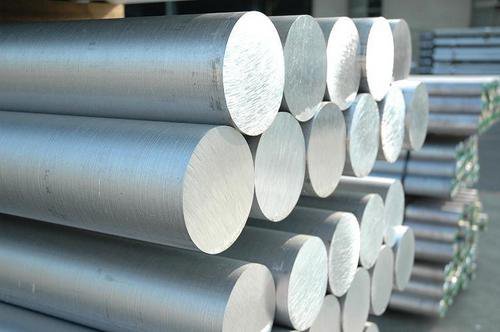 Aluminum Alloys Ingots
Aluminum Alloys Ingots
- 1xxx Unalloyed (pure) >99% Al
- 2xxx Copper is the principal alloying element, though other elements (Magnesium) may be specified
- 3xxx Manganese is the principal alloying element
- 4xxx Silicon is the principal alloying element
- 5xxx Magnesium is the principal alloying element
- 6xxx Magnesium and Silicon are principal alloying elements
- 7xxx Zinc is the principal alloying element, but other elements such as Copper, Magnesium, Chromium, and Zirconium may be specified
- 8xxx Other elements (including Tin and some Lithium compositions)
- 9xxx Reserved for future use
1xxx Series. These grades of aluminum are characterized by excellent corrosion resistance, high thermal and electrical conductivities, low mechanical properties, and excellent workability. Moderate increases in strength may be obtained by strain hardening. Iron and silicon are the major impurities.
Phase Diagram Al - Si
2xxx Series. These alloys require solution heat treatment to obtain optimum properties; in the solution heat-treated condition, mechanical properties are similar to, and sometimes exceed, those of low-carbon steel. In some instances, precipitation heat treatment (aging) is employed to further increase mechanical properties. This treatment increases yield strength, with attendant loss in elongation; its effect on tensile strength is not as great.
Phase Diagram Al - Zn
The alloys in the 2xxx series do not have as good corrosion resistance as most other aluminum alloys, and under certain conditions they may be subject to intergranular corrosion. Alloys in the 2xxx series are good for parts requiring good strength at temperatures up to 150 °C (300 °F). Except for alloy 2219, these alloys have limited weldability, but some alloys in this series have superior machinability.
Phase Diagram Al - Cu
3xxx Series. These alloys generally are non-heat treatable but have about 20% more strength than 1xxx series alloys. Because only a limited percentage of manganese (up to about 1.5%) can be effectively added to aluminum, manganese is used as major element in only a few alloys.
Phase Diagram Al - Ti
4xxx Series. The major alloying element in 4xxx series alloys is silicon, which can be added in sufficient quantities (up to 12%) to cause substantial lowering of the melting range. For this reason, aluminum-silicon alloys are used in welding wire and as brazing alloys for joining aluminum, where a lower melting range than that of the base metal is required. The alloys containing appreciable amounts of silicon become dark gray to charcoal when anodic oxide finishes are applied and hence are in demand for architectural applications.
Phase Diagram Al - Fe
5xxx Series. The major alloying element is Magnesium an when it is used as a major alloying element or with manganese, the result is a moderate-to-high-strength work-hardenable alloy. Magnesium is considerably more effective than manganese as a hardener, about 0.8% Mg being equal to 1.25% Mn, and it can be added in considerably higher quantities. Alloys in this series possess good welding characteristics and relatively good resistance to corrosion in marine atmospheres. However, limitations should be placed on the amount of cold work and the operating temperatures (150 degrees F) permissible for the higher-magnesium alloys to avoid susceptibility to stress-corrosion cracking.
Futuristic Aluminum Art Furniture Table by Bruce Gray
6xxx Series. Alloys in the 6xxx series contain silicon and magnesium approximately in the proportions required for formation of magnesium silicide (Mg2Si), thus making them heat treatable. Although not as strong as most 2xxx and 7xxx alloys, 6xxx series alloys have good formability, weldability, machinability, and relatively good corrosion resistance, with medium strength. Alloys in this heat-treatable group may be formed in the T4 temper (solution heat treated but not precipitation heat treated) and strengthened after forming to full T6 properties by precipitation heat treatment.
You might also like
| Types of Materials Metals: Metals are elements... | Titanium and It’s Alloys Titanium Metal Titanium was... | Shape Memory Alloy "Animated lamp" designed by Romolo Stanco... | Copper Alloys Copper is one of the most useful... |
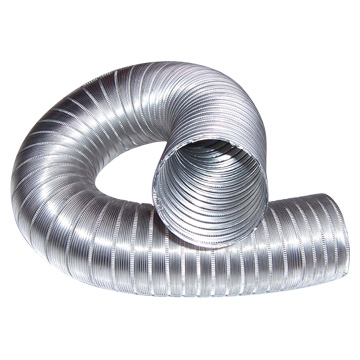
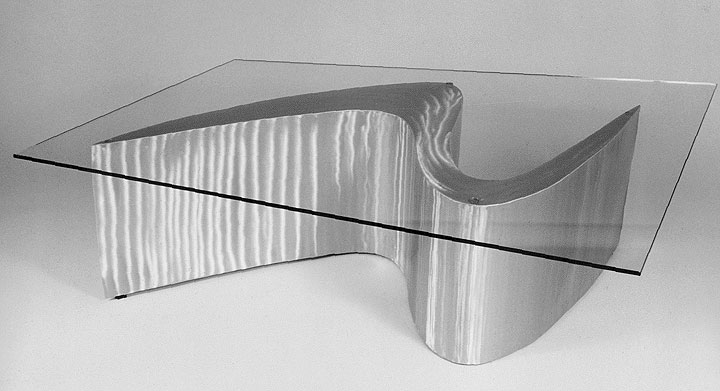


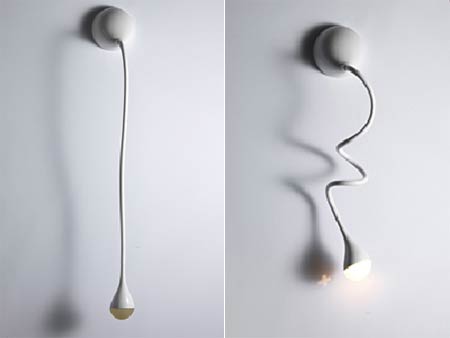
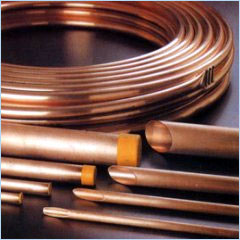
 Alloy Suppliers
Alloy Suppliers
 Aluminum
Aluminum
 Aluminum Extrusions
Aluminum Extrusions
 Copper-Brass-Bronze
Copper-Brass-Bronze
 Nickel
Nickel
 Magnets
Magnets
 Stainless Steel
Stainless Steel
 Stainless Steel Tubing
Stainless Steel Tubing
 Steel Service Centers
Steel Service Centers
 Titanium
Titanium
 Tungsten
Tungsten
 Wire Rope
Wire Rope